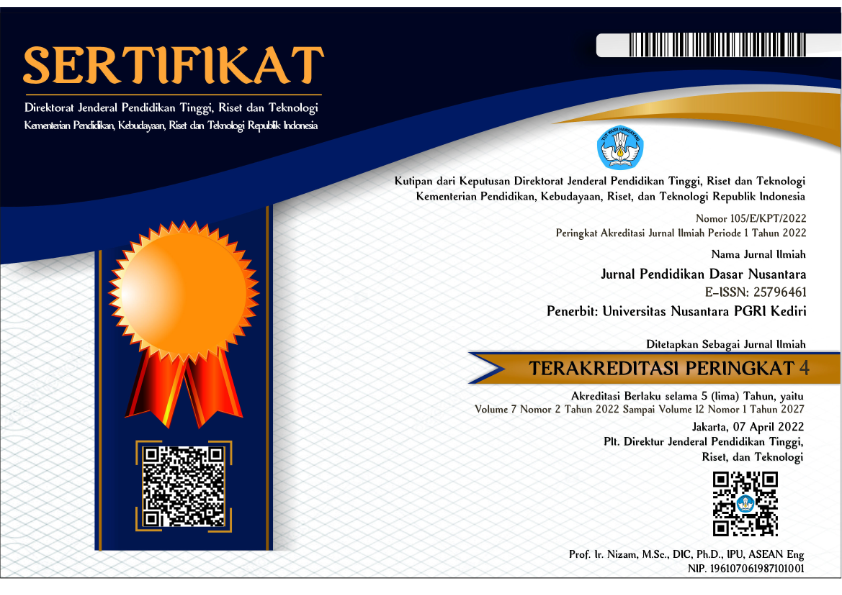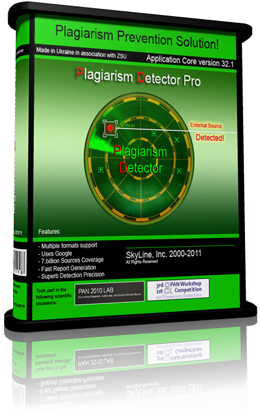PENERAPAN PENERAPAN PENDEKATAN SAINTIFIK UNTUK MENINGKATKAN AKTIVITAS DAN HASIL BELAJAR SISWA PADA MATA PELAJARAN IPS KELAS IV SDN TAMBAKROMO 2 NGAWI
DOI:
https://doi.org/10.29407/jpdn.v3i1.749Abstract
Abstract: Researchers found some problems in the process of learning grade IV SDN Tambakromo 2 Ngawi, among others: (1) as 5 children out of 20 students who are active in the following study with good results, or by 25%, the number of children it is the students who are willing and dare to ask or propose. (2) as many as 15 children in the medium category and are very passive in the following study or by 75%. (3) as many as 8 children from 20 children or 60% daily test results are still below minimum completeness criteria. In carrying out the study. This study was conducted on May 07, 2016 until May 22, 2016. This study presents the result of observation activity and learning outcomes obtained from the observation score and evaluation in every cycle. In cycle I, average of student’s activity reached 70,45%. While the learning outcomes reached 73,2 with the total number of 11 students who succeeded. In cycle II, the average of students’ activity was 88,64%. While the learning outcomes reached 81,2 with the total number of 17 students who succeeded. In cycle III, the improvement of average students’ activity was 97,73%. While the learning outcomes reached 85,7 with the total number of 19 students who succeeded from 20 the number of students. This proves that the using a scientific approach can improve the fourth grade students learning outcomes IPS at SDN Tambakromo 2 Ngawi.
Keywords: Scientific Approach, Social Science Learning, Activity and Social Science Learning Outcomes
Downloads
Downloads
Published
Issue
Section
License
Authors who publish with this journal agree to the following terms:
- Copyright on any article is retained by the author(s).
- The author grants the journal, the right of first publication with the work simultaneously licensed under a Creative Commons Attribution License that allows others to share the work with an acknowledgment of the work’s authorship and initial publication in this journal.
- Authors are able to enter into separate, additional contractual arrangements for the non-exclusive distribution of the journal’s published version of the work (e.g., post it to an institutional repository or publish it in a book), with an acknowledgment of its initial publication in this journal.
- Authors are permitted and encouraged to post their work online (e.g., in institutional repositories or on their website) prior to and during the submission process, as it can lead to productive exchanges, as well as earlier and greater citation of published work.
- The article and any associated published material is distributed under the Creative Commons Attribution-ShareAlike 4.0 International License

































